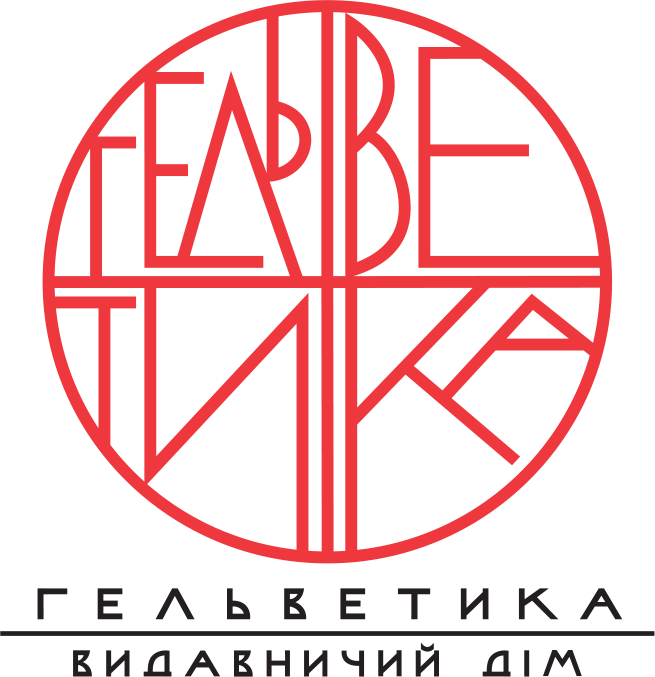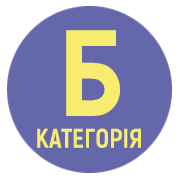PARTICIPATORY ART AND INSTITUTIONAL CRITIQUE: POINTS OF INTERSECTION AND PROBLEMS OF INTERACTION
DOI:
https://doi.org/10.32782/uad.2025.4.14Keywords:
contemporary art, institutional critique, conceptual art, abstract art, non-objective art, participatory art, Hans Haake, Andrea FraserAbstract
This study aims to analyse the interrelationships between participatory art practices and institutional critique. It also compares the methods and means of interaction between these two approaches in the works of the artists Hans Haacke, Andrea Fraser, and Rirkrit Tiravanija. Using historical, comparative, analytical-descriptive and generalisation methods, the article highlights the main features of participatory art and institutional critique, outlining the forms in which they combine in specific works of art. Through analysing theoretical works by Benjamin Buchlo, Claire Bishop, Nicolas Bourriaud, Alan Kaprow and Grant Kester, the article examines the historical preconditions for the emergence of participatory art and institutional critique. It also analyses different approaches to analysing and evaluating these artistic practices historically. The analysis of the differences and similarities between institutional critique and participatory art is argued to best be carried out using the case method, in order to reveal the dialogue between the two practices, evaluate them in terms of scale and content, and indicate their implementation and reproduction context. Examining the works of Hans Haacke, Andrea Fraser, and Rirkrit Tiravanija revealed that participatory art can serve as a confrontational and expository means for institutional critique to demonstrate hidden political and economic mechanisms within institutions. Alternatively, it can facilitate social interactions within the exhibition space. It was also found that the participatory approach in institutional critique can take the form of an installation, performance, or happening. The study offers insights and a theoretical foundation for the further analysis of the intersection between participatory practices and institutional critique within the activities of Ukrainian art collectives such as the R.E.P. group, SOSka, and the Open Group.
References
Kaprow A. Notes on the Elimination of the Audience. Participation. Documents of contemporary art. Cambridge, MA: Whitechapel and The MIT Press, 2006. P. 102–104.
Bourriaud N. Relational Aesthetics. Dijon: Les presses du réel, 2002. 40 p.
Kester G. Dialogical Aesthetics:A Critical Framework for Littoral Art, 1999/2000. URL: https://www.variant.org.uk/9texts/KesterSupplement.html (дата звернення: 23.08.2025).
Bishop C. Artificial Hells: Participatory Art and the Politics of Spectatorship. London: Verso, 2012, 383 p.
Buchloh B. H. D. Conceptual Art 1962–1969: From the Aesthetic of Administration to the Critique of Institutions. October. Vol. 55. 1990. P. 105–143. https://doi.org/10.2307/778941 (дата звернення: 23.08.2025).
Ramsden,= M. On Practice / ed. Alberro, A. and Stimson, B. Institutional Critique – An Anthology of Artists’ Writings. Cambridge, Massachusetts: The MIT Press, 2009. P. 170–205
Fraser A. Museum Highlights: A Gallery Talk. October. Vol. 57. 1991. P. 104–122. https://doi.org/10.2307/778874 (дата звернення: 23.08.2025).




